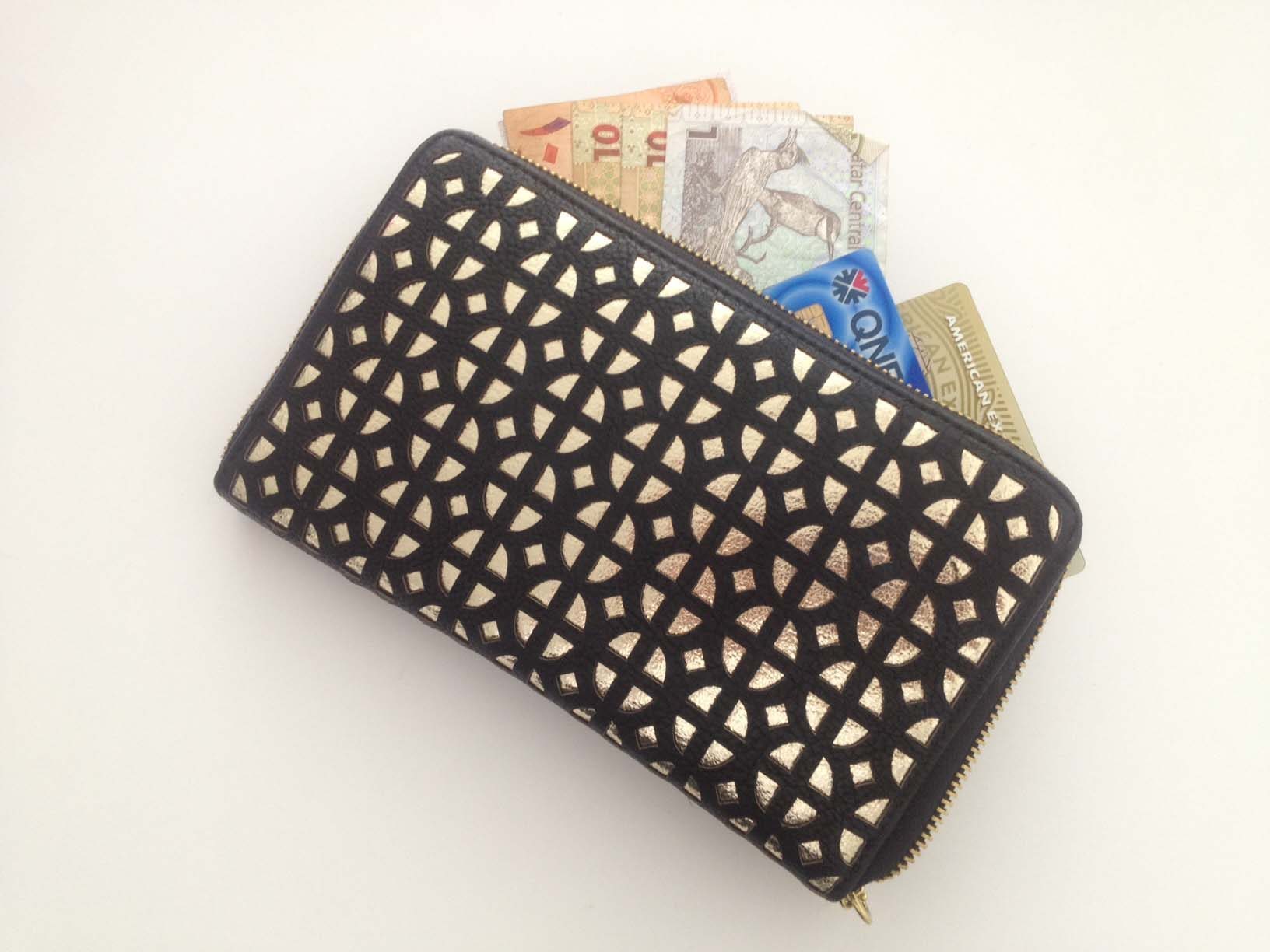
The rising cost of rental accommodations in Qatar is continuing to push up the cost of living here, new government statistics show.
The rate of inflation accelerated in August to 3.8 percent year-on-year – up from 3.1 percent in July and 2.8 percent a year earlier.
The government charts the change in the Consumer Price Index (CPI), by looking at the change in real-time prices of a “basket” of common consumer goods and services.
According to the Ministry of Development, Planning and Statistics (MDPS), which collates the figures, the main driver behind Qatar’s rising cost of living continues to be “rents, fuel and energy,” which was up 7.9 percent year-on-year in August.
This is mostly due to ongoing rent increases, particularly for residential buildings.
Rent makes up about one third of the average expat family’s monthly spend, and likewise a third of the CPI. If it is excluded, the rise of the CPI year-on-year shows a more moderate growth of 2.2 percent for August.
Rising costs
Other categories of goods that showed notable increases over the last 12 months include:
- The cost of furniture, textiles and home appliances – up by 5.1 percent from the previous year;
- Clothes and shoes (up 3.3 percent);
- Transport and communications (up 2.5 percent);
- Entertainment, recreation and culture (up 1.2 percent); and
- Food, beverages and tobacco (also up 1.2 percent).
The news won’t come as a surprise to many residents, many of whom have their money isn’t going as far anymore.
The summer period is also a common time for renewal of residential contracts and landlords often take the opportunity to increase rents.
In response, a member of the Central Municipal Council called last month for the introduction of caps on rental increases, in a bid to control the market.
Mishal Al Dahnim, the council member representing Al Hilal, said rent should go up by no more than 10 percent every two years. He added:
“Rents should not be left to supply and demand. Supply is much less compared to demand and will lead to an unprecedented crisis … There must be a law to control rents.”
GCC study
Earlier this year, Qatar was found to be the most expensive country in the GCC due to its high cost of living.
The Cost of Living Reports Middle East found that, in a like-for-like comparison of seven measures including accommodation, food, healthcare, education, transport and lifestyle, Qatar came out the most expensive of all Gulf states. It was followed by the UAE, Saudi, Bahrain, Oman and Kuwait.
Again, high residential rents was the main reason behind this, as the figures showed the average cost to rent a two-bedroom apartment in Qatar in Q4 2013 was $42,930 (QR156,3340) a year, or just over QR13,000 a month.
This was $15,540 more than the next highest average of $27,390 per year in the UAE, and 15 times more expensive than Bahrain ($2,849 per year).
The inflated rents were in due in large to limited supply and high demand, which many fear will only get worse as Qatar’s population continues to grow.
Already more than 2 million, the population is expected to increase by 7.4 percent annually in the coming years, as the country gears up its economic expansion.
In a recent report, QNB predicted there will be 2.5 million people living in the state by 2016 as the labor force expands to meet the demands of preparing for Qatar to host the World Cup in 2022.
Thoughts?








